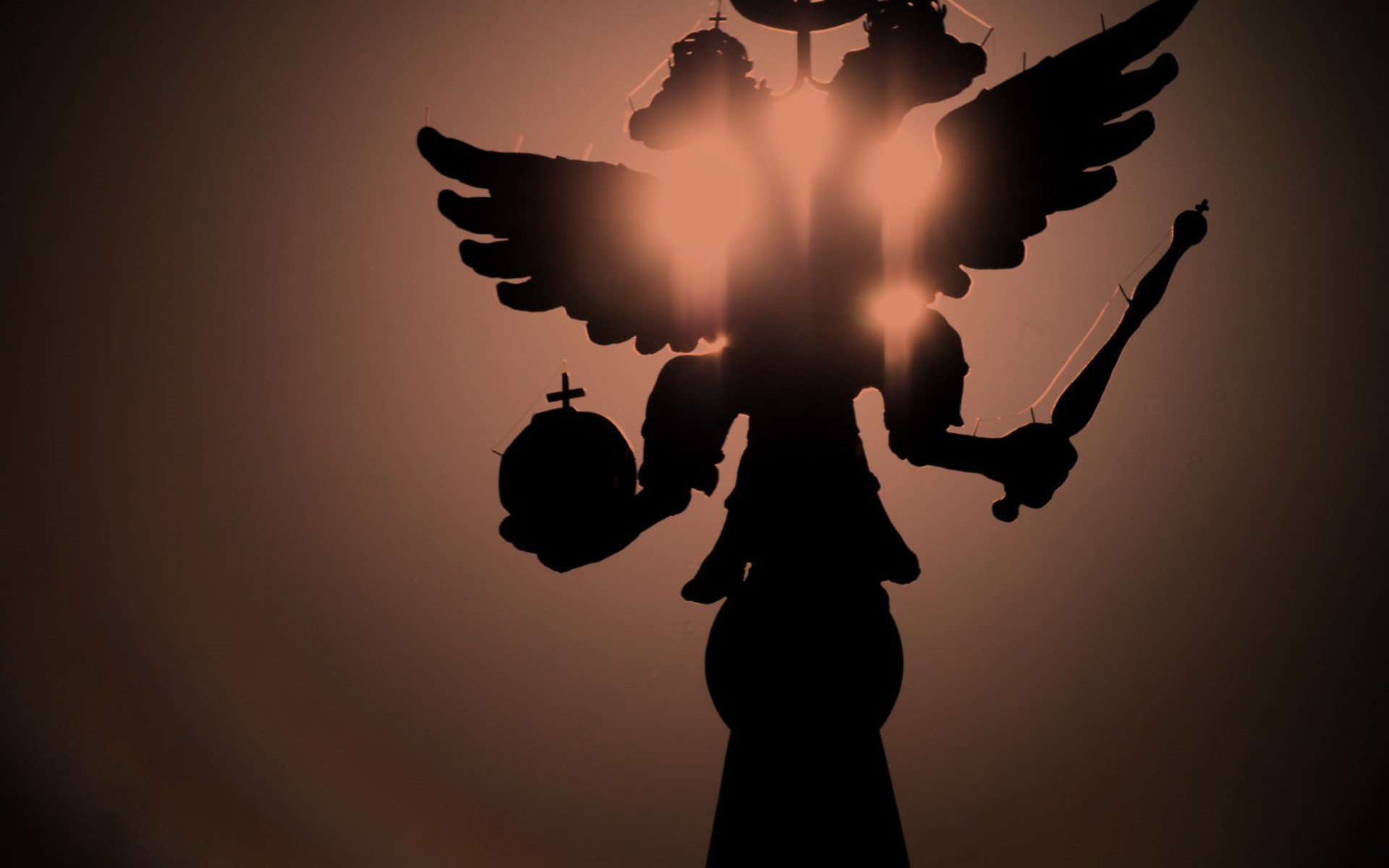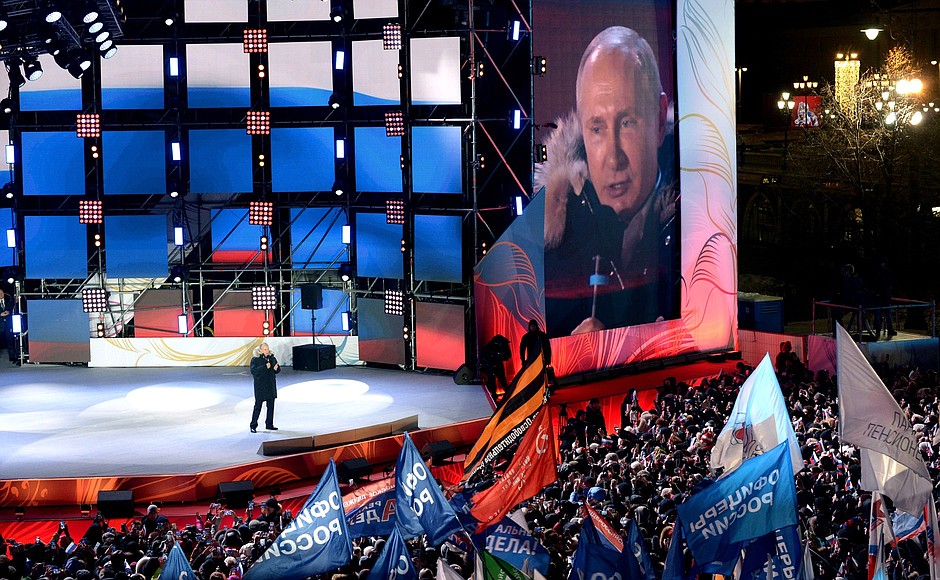
On June 11, Lieutenant General Mykhailo Zabrodsky, Hero of Ukraine, former commander of Ukraine’s Air Assault Forces, Deputy from the European Solidarity party, First Deputy Chairman of the Verkhovna Rada Committee on National Security, Defense and Intelligence announced on FB that Defense Minister Andriy Taran had confirmed the information about planned cuts to the Armed Forces of Ukraine.
“During the last meeting of the committee, most of our questions remained unanswered. More exactly, the minister’s response, as always, came in two versions: “Give me some time, I’ll look into the matter… or, please file an official request and it will be duly processed.
When questioned about the planned cuts to the Armed Forces of Ukraine, exact numbers, units, etc., here’s what we got. First: the Minister confirmed that certain measures under the fancy name of “optimization” (i.e. reduction of military personnel) have been drafted. Secondly, these measures are planned and will be carried out very carefully. And thirdly: given the great importance of the human factor, the Ministry of Defense of Ukraine does not plan to scale back functioning positions.
General Zabrodsky underlines that there are plans to reduce the number of Ground Forces by more than ten thousand men, the Air Force, Marines and Air Assault Forces by several thousand servicemen. In total, about 40,000 posts. In particular, the Ministry of Defense wants to cut several elite units of the Armed Forces of Ukraine, namely tactical aviation squadrons, reconnaissance units, artillery and tank divisions of the Marine Corps and the Air Assault Forces.
The recently published Air Force Vision 2035 provides for the reduction of three tactical aviation brigades, two transport aviation brigades and about six anti-aircraft missile brigades and regiments.
General Zabrodsky points out that the existing combat units and subdivisions were introduced in response to the challenges that the Armed Forces of Ukraine have faced over the past six years. Furthermore, given the ongoing war in eastern Ukraine, he believes that it would be extremely dangerous and irresponsible to downsize existing military structures.
According to the Ministry of Defense, there are currently 193,880 men and women serving in the Armed Forces of Ukraine. On May 5, 2015, the Verkhovna Rada approved Law No.2269 increasing the normative number of military service personnel to no more than 250,000 persons (for some inexplicable reason, it has never been updated), including 204,000 servicemen. However, the actual number of the Armed Forces of Ukraine is currently unknown; unofficially the figure stands at over 300,000.

Russian presence on Ukraine’s eastern borders
It should be noted that there are over 90,000 Russian military personnel on Ukraine’s eastern borders and a Russian attack on the Kherson-Kakhovka area over the supply of fresh water to Crimea remains an imminent threat.
In March 2020, Vadym Skibitsky, representative of the Main Directorate of Intelligence of the Ministry of Defense of Ukraine, reported that 90,000 Russian servicemen (in particular, more than 35,000 members of the 1st and 2nd army corps) of the Armed Forces of the Russian Federation were stationed along the state border of Ukraine in the temporarily occupied areas of Donetsk, Luhansk Oblasts and Crimea. He pointed out that 1,100 tanks, 2,500 armoured fighting vehicles, 1,600 artillery and missile systems, 340 combat aircraft, 240 combat helicopters, and over 50 ships/boats and 6 submarines were deployed on the border with Ukraine.
In addition, he noted that the Russian forces could be strengthened by three mobilization deployment operations centres that could immediately mobilize about 40,000 people. In the immediate vicinity of Ukraine’s borders, such centres were established in the town of Boguchar (Belgorod Oblast in Russia), the town of Kamensk-Shakhtinsky (Rostov Oblast in Russia) and in the village of Novoozerne in the Autonomous Republic of Crimea.
On June 6, 2020, the OSCE SMM reported that its long-range drone had recorded a convoy of military vehicles that were secretly entering the territory of Ukraine through the border with the Russian Federation in occupied Luhansk Oblast.
For six years, the Russian Federation has publicly denied its direct involvement in the Donbas war, but numerous pieces of evidence from international observers and volunteers indicate that Russia has violated international law, continues to transfer weapons and equipment, and uses its military personnel, as well as mercenaries, most of whom are citizens of the Russian Federation.






